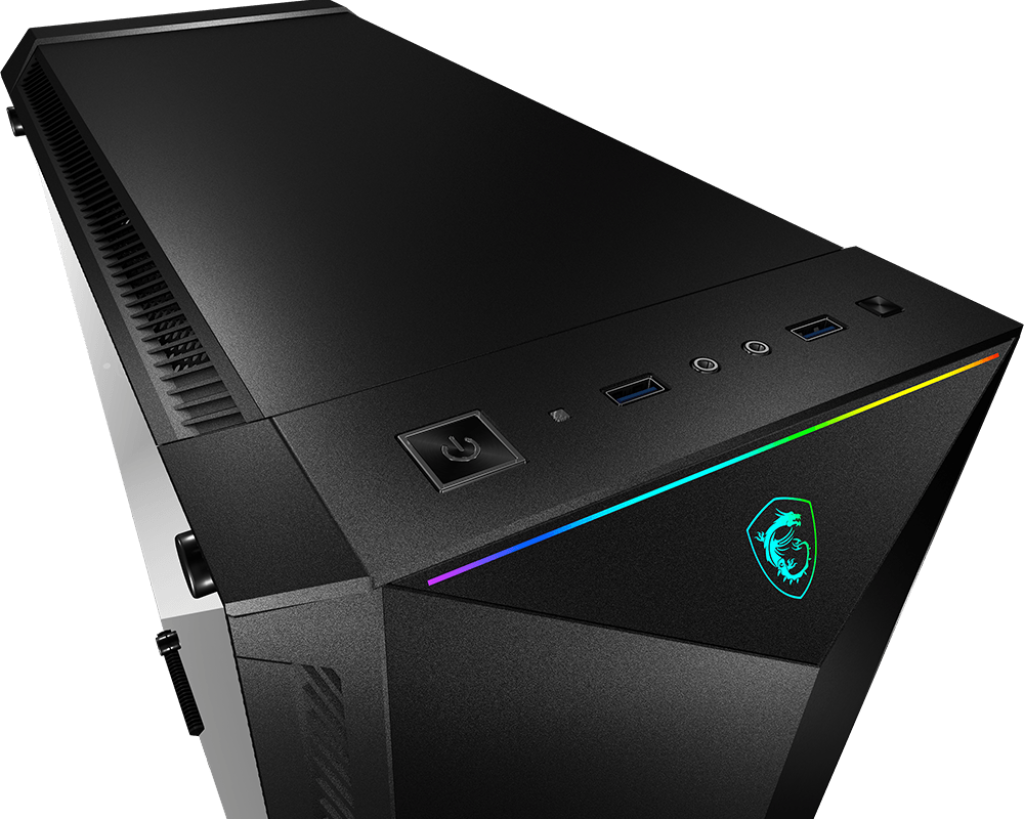Recently, I have been having issues cooling my CPU (Ryzen 7 5800X) even when running minimal workloads at normal clock speed (3.8GHz). I have a MAG Coreliquid 360R fastened to the top of my pc case, with three intake fans on the front, and one exhaust fan on the back. I tried reapplying thermal paste to the cooler head but that doesn't seem to have made a difference. As far as I can tell, my radiator fans are blowing up, towards the radiator, which I believe is correct but obviously something is wrong. Can someone help me figure out what the issue with my fans is? Thanks in advance.
Last edited:


